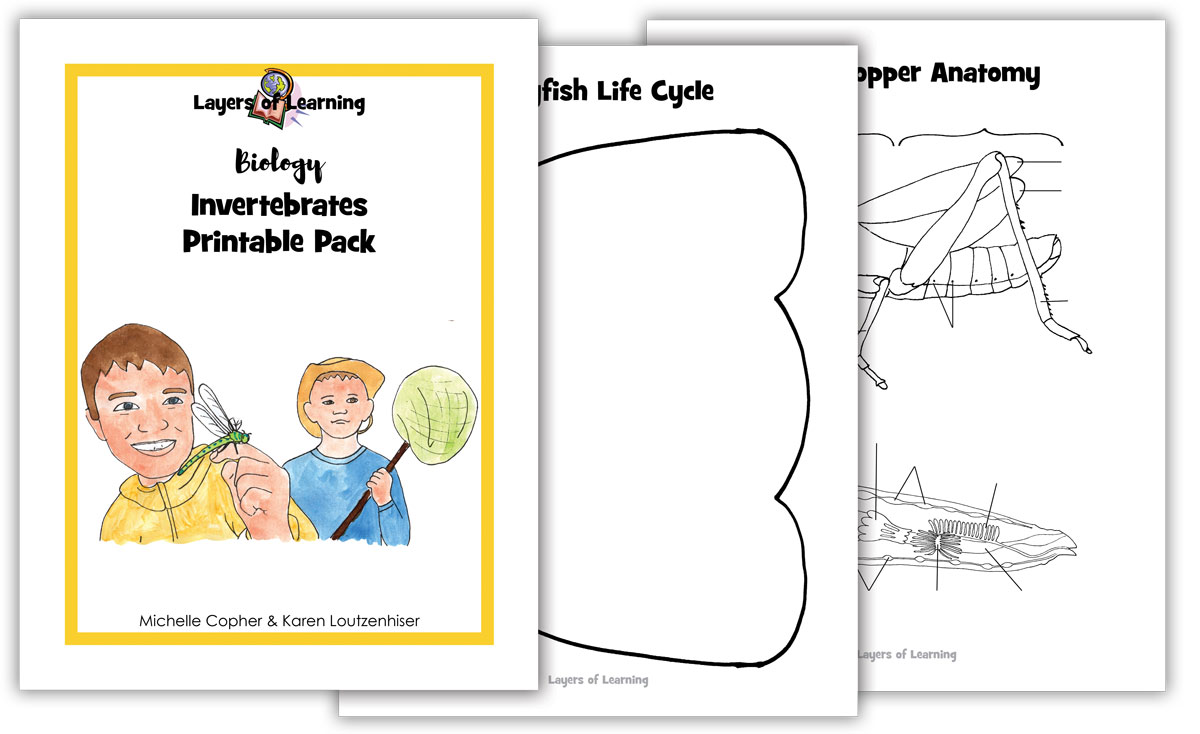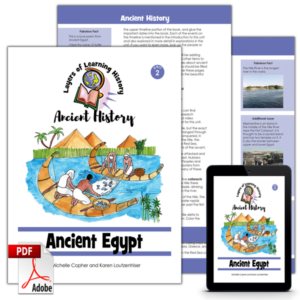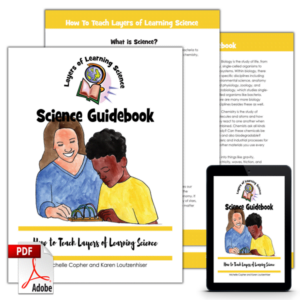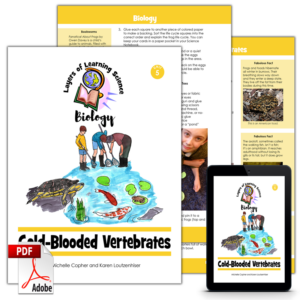Invertebrates is the fourth unit in the Biology course. In this unit you will learn about insects, worms, jellyfish, crabs, spiders, and other invertebrate animals. We focus on six phyla including porifera (sponges), cnidaria (sea anemones and jellyfish), echinodermata (sea stars), arthropoda (crabs, insects, and spiders), mollusca (snails, clams, and octopuses), and annelida (worms). Students will learn to classify, observe, dissect, and respect these forms of life.
This unit has sections on:
- Worms & Pill Bugs
- Sea Creatures
- Insects
- Arachnids
Learning By Doing
This is an activity based curriculum, where you learn by doing. Here are a few of the activities to choose from in this unit:
- Make a paper mobile of the classification of the invertebrates
- Dissect an earthworm
- Build a pill bug habitat and experiment with their preferences
- Sculpt a model of a coral polyp
- Take a trip to an aquarium or the seashore
- Collect, identify, and photograph insects to create a photo collection
- Grow fruit flies and observe their life cycle
- Experiment with ant communication and pheromones
- Plus much more!
Each Layers of Learning Science unit includes library lists of books, a family read-aloud suggestion, hands-on activities, printables and paper crafts, sidebars for extra learning, and tools to help you assess student’s progress and mastery. You can learn more about how Layers of Learning works in the Curriculum Guide. You may also want to purchase the Science Guidebook for even more information on how to teach and learn with Layers of Learning Science.
See Inside
Here is a two-page spread from Invertebrates:

This is the first two page spread in the unit. You can see the introductory information. This should be read by the mentor to familiarize yourself with the information that will be in this unit. It can be read aloud to students as well if you like.
The Unit Overview sidebar on the left is an orientation of the major objectives, the vocabulary, and the scientific skills this unit teaches. On the lower right there is always a read-aloud sidebar for a suggested book that could pair with this unit.
Flexibility
This unit was written to be used for a month but contains plenty of content for many more weeks of learning if you choose. This is a pick-and-choose curriculum, meant to be cycled back to in the future when your child is older. As such, it intentionally includes far more material than you can possibly cover in a month.
Invertebrates is also part of the overall Biology course, the second Year of the four year Layers of Learning Science cycle. If you use the program in order, it will take you through the four branches of science from Earth & Space to Biology to Chemistry to Physics in a logical progression where skills are learned and then practiced and used. However, each unit stands alone and can be used independently of any other unit and in any order.
Printable Pack
This unit comes with a downloadable Printable Pack that includes all the student worksheets. The printables can be copied as many times as needed for your family or class.
You can download the Printable Pack from your receipt or from your account at Layers of Learning.

Extra Resources
This unit comes with extra weblinks and a YouTube video playlist on the Biology Resources page.




















Kaya Seaton –
I’ll start by saying that I ended up having a worm farm on my kitchen table for over a month while doing this unit. There was a lot of information in this unit, but it was easy to implement and accessible enough even for my elementary student.